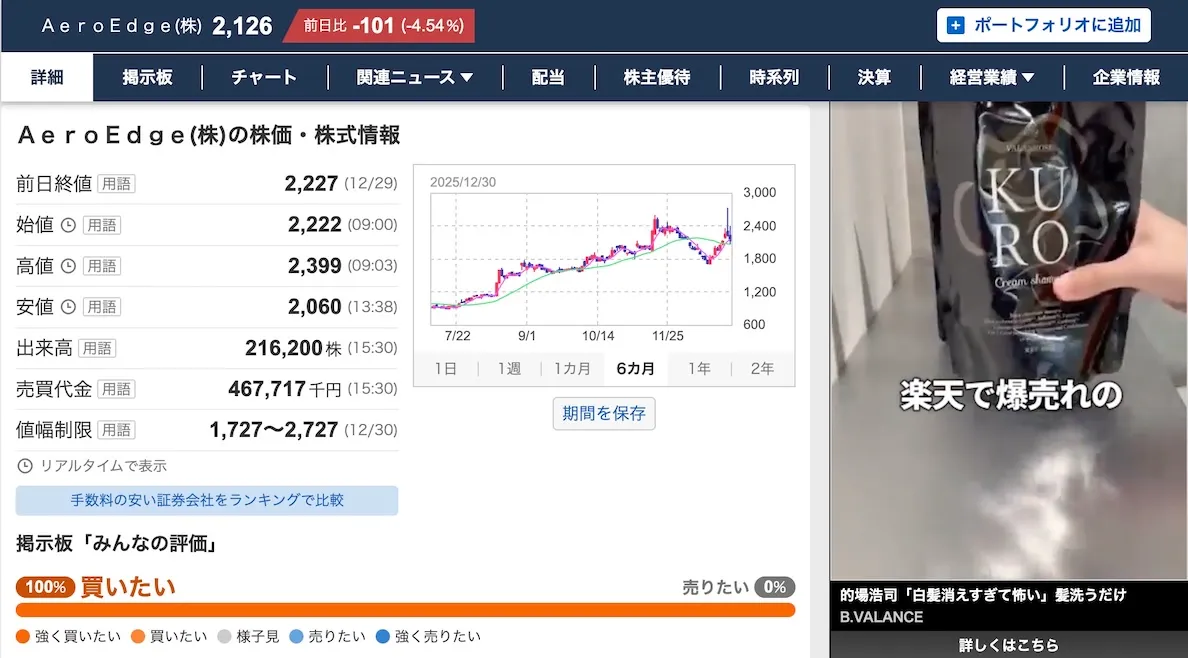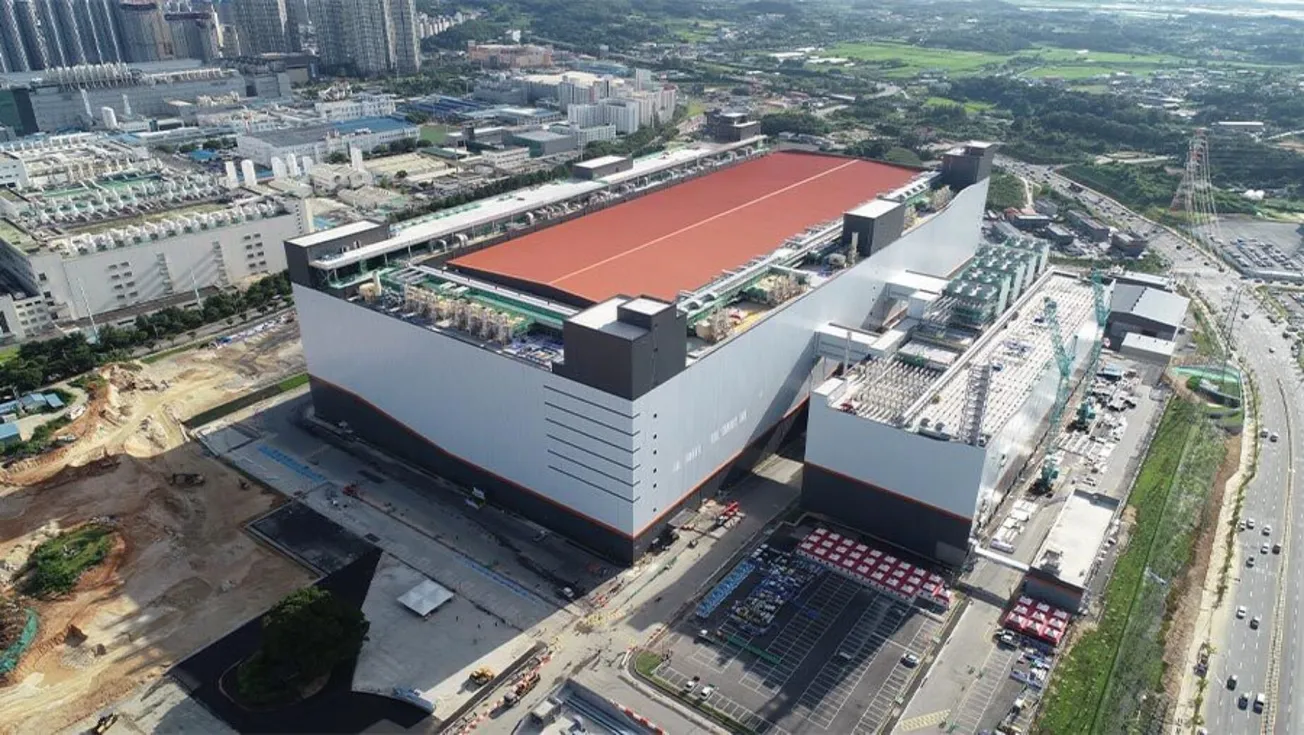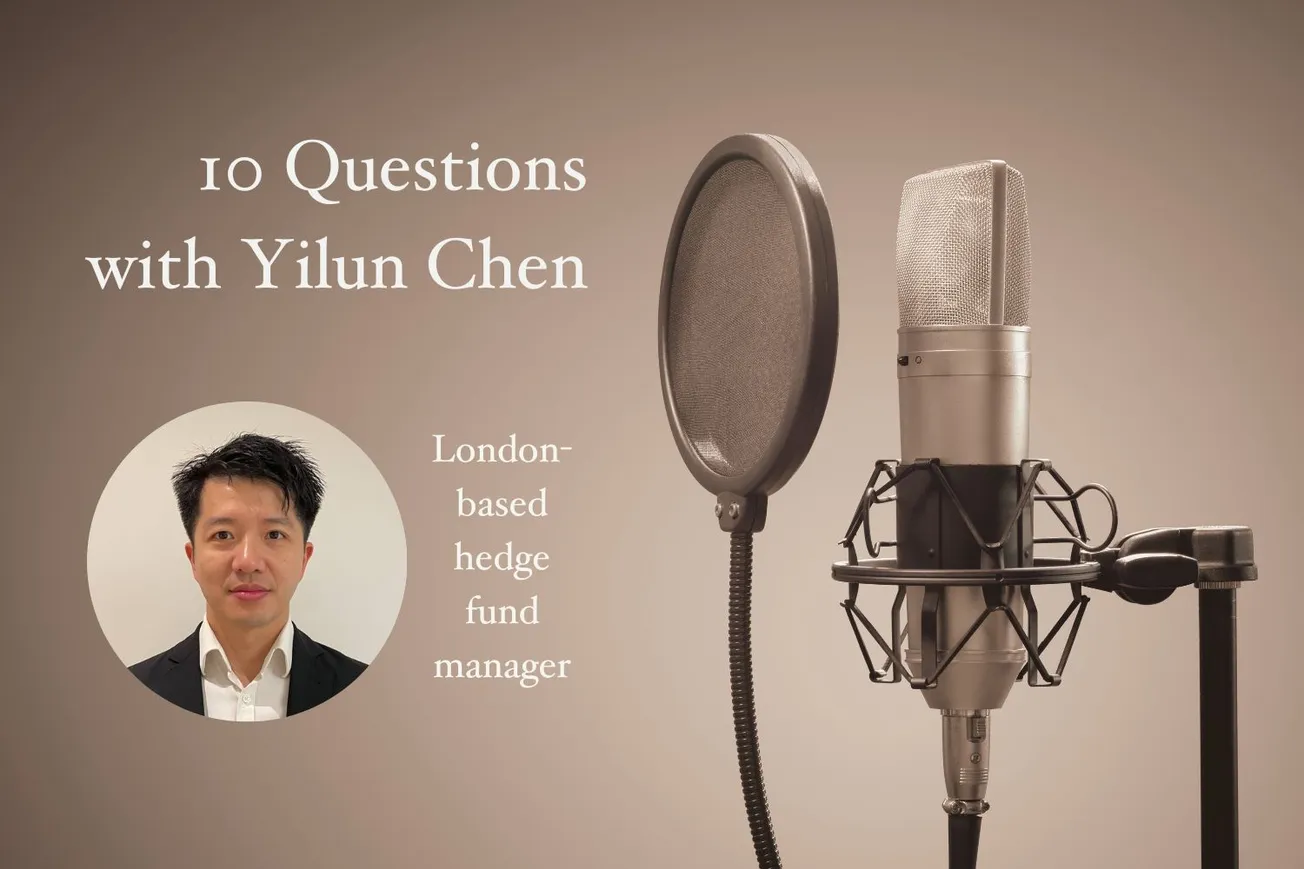
Latest

Yahoo Finance rankings
For Japan's retail investors, Yahoo Finance reigns supreme. And if you check the message board for individual Japanese stocks such as Poper (5134 JP), you'll be presented with the following sentiment bar: So what does this mean? Well, the heading says "Bulletin board: Everyone'

The DRAM capital cycle
My friend MacroValue recently noted that the spot price for DDR5 memory chips has started declining, after an incredible rise from September 2025 onwards: This decline begs the question: Is the DRAM capital cycle nearing its peak? The "capital cycle" concept comes from Edward Chancellor who put together

India's development trajectory
Last week, I read Amitabh Kant's book Made in India, which examines the growth of private-sector entrepreneurship in India. Let me share the key insights from the book: One is that many of today's conglomerates – Tata, Birla, Godrej, Bajaj, Cipla, etc. – were formed during the British





